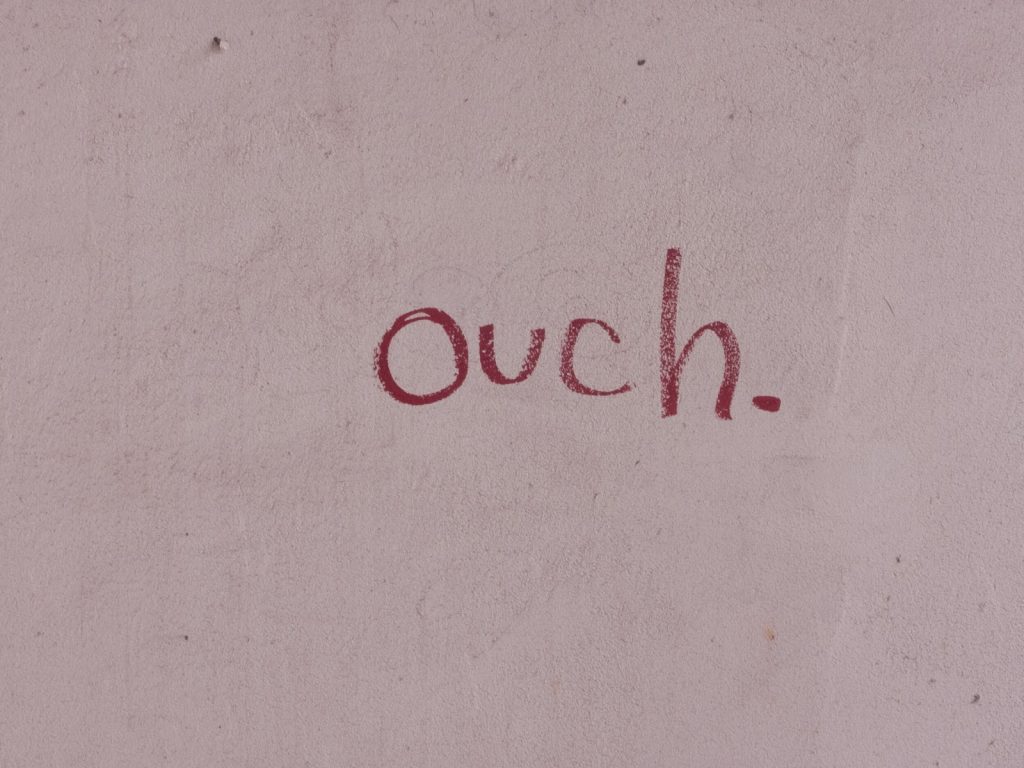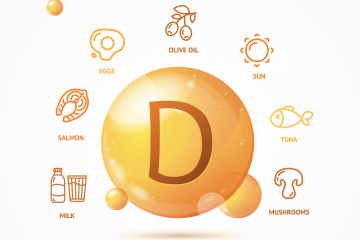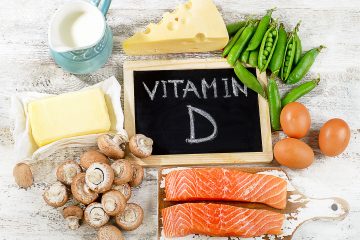The #1 Mistake Injured Athletes Make
We’ve all been there, whether it’s a crash, sprain, strain, or another ailment, we’ve all been injured. When athletes are sidelined from training, they often make a huge mistake- they slash calories. The #1 Mistake Injured Athletes Make. “I’m not training, so I don’t need to eat very much.” False.
When you’re injured, you don’t need to be eating as much as when you have hard or long training sessions, but cutting calories during an injury can lead to permanent damage and prevent you from healing properly. Here’s how to avoid this mistake and ensure you optimize recovery to bounce back ASAP.

What Happens When You’re Injured?
When I refer to injury, I mean a decrease in function. In sports, this usually involves a muscle, tendon, or ligament. I’m not going to discuss concussions in this post, that’s a beast unto its own. As soon as the injury occurs there are 3 stages of recovery.
1. Inflammation Days 1-7
- Chemical messengers and cells move to the injury site
- The damaged tissue is broken down
- Swelling
- Pain, it’s an important part of the healing process
2. Proliferation Days 7-21
- Scar tissue forms
- Scar tissue works to reconnect torn or damaged tissue(s)
3. Remodeling Days 21+
- Proper cells replace scar tissue
All of this process takes energy (i.e. calories) to happen. When you cut calories, you impair and slow the healing process. It will take longer to getting back to training and it could cause you to heal poorly, which could leave you with scar tissue and altered function for life.
Should I Cut Calories When Injured?
This is a common fear among athletes. Why shouldn’t I cut calories if I’m not training? Won’t all those calories cause me to gain weight? An injury doesn’t equal weight gain, you can maintain your weight while injured but you definitely do not want to lose weight. If you lose weight, it means the recovery process is hindered. A slight weight gain is a reassurance that your body has the materials it needs to properly rebuild the tissue and get you back on track. Worst case scenario, you gain some body fat. You can always lose it later, but as you can see from the timeline above, healing is time-sensitive. You can’t replace that scar tissue next month, but you can lose weight if necessary. Don’t sacrifice your ability to heal… fuel your recovery.
How Much Should I Eat While I’m injured?
Focus on whole, unprocessed foods that are nutrient-dense, such as vegetables, fruits, dairy, and whole grains, nuts and seeds, dark chocolate (a good source of antioxidants), and beans. You should eat enough to maintain your weight at the very least, it’s better to gain a little weight (you can lose it when you’re healed) but if you cut calories and hinder the healing process you can’t go back an re-heal later.
Injuries can raise your resting metabolic rate (RMR), the number of calories your body burns at rest, because of the energy it takes to repair tissue. Burns can increase RMR by up to 200%. Typically, the larger or more severe the injury, the more your RMR increases.
Key Takeaway:
Don’t cut calories while you’re injured. Give your body the energy and nutrients it needs to heal so you can get back to doing what you love to do. Injuries take energy to heal and repair, you can focus on body composition later if necessary. Focus on whole foods, maintain (or gain a little) and rest, don’t push too much too fast.
About Dr. A’nna

Dr. A’nna strives to inspire people to optimally fuel their body to achieve their best and have a positive impact on the world. She is the only combined Ph.D./RD specializing in sports performance nutrition in the world with all Ivy League degrees and the Chief Research Officer at AthleteBloodTest.
Dr. A’nna aims to cultivate a world of healthy athletes who understand nutrition and know how to leverage their physiology to get the best results in sports and life. You can reach her at [email protected] or on Instagram @drannaroby.
Shop Athlete Blood Tests.


